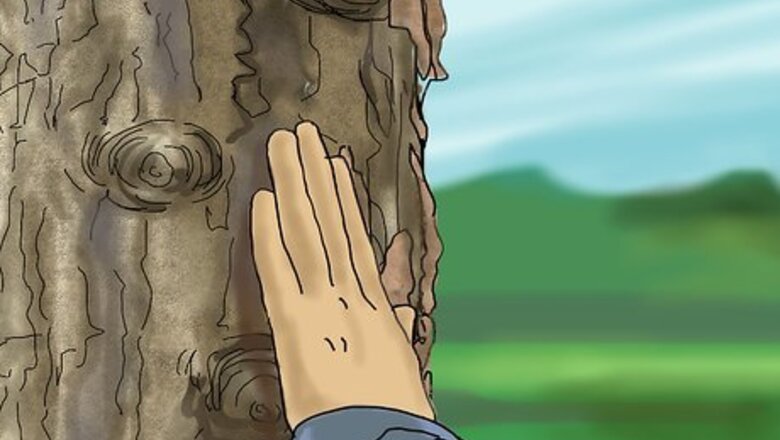
views
Identifying Based on Bark and Branches
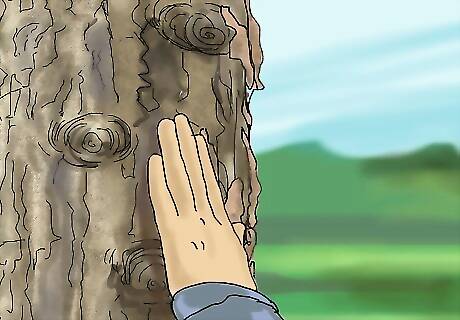
Look for peeling bark. The bark of a sycamore tree is brittle and can’t withstand the rapid growth that sycamores experience. So the bark peels off frequently, and this results in a patchy, flaky appearance.
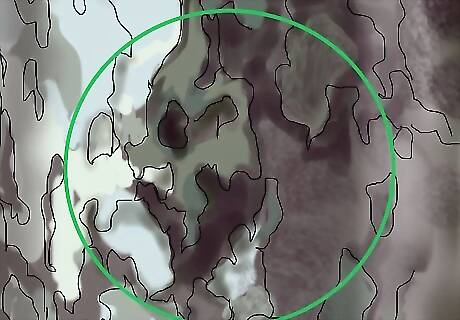
Search for “camouflage” colors in the bark. Because the older bark peels off and reveals younger bark beneath, the bark of sycamores will be a variety of colors – brown, green, tan, and white. This gives the tree a distinctive pattern that resembles army camouflage.
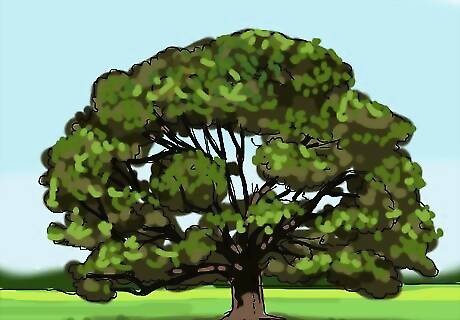
Look for a massive, dome-shaped canopy. The crown, or canopy, of a sycamore tree can grow to over 60 feet (18 meters) wide and 80 feet (24 meters) tall. The branches and leaves fill out this space so that it creates a wide dome.

Inspect the width of the trunk. While not the tallest tree, the sycamore grows to a larger diameter than any other tree in the eastern United States, so look for a trunk diameter of 3-8 feet (1-2.5 meters).
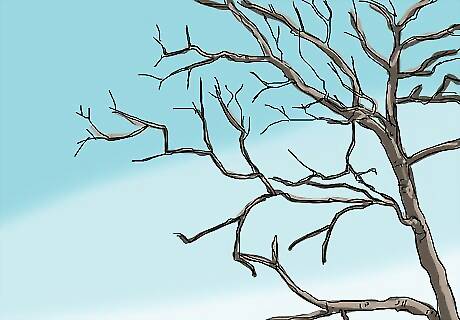
Find zig-zagging twigs. The twigs that grow off the branches will go in one direction, and then switch directions just after a bud pops out. This creates a zig-zig shape that looks a little like a lightening bolt.
Identifying Based on Leaves
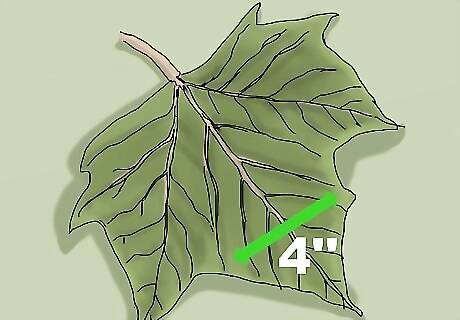
Count five distinct lobes. A lobe is a separate section of the leaf that radiates off the central point, kind of like the fingers on your hand. Most sycamore leaves will have five large lobes, each with its own distinct vein running along it. Some sycamore leaves may only have three lobes, but five is more common. From the tip of one lobe to the to the tip of the one across from it, sycamore leaves are often well over 4 inches (10 centimeters) wide.
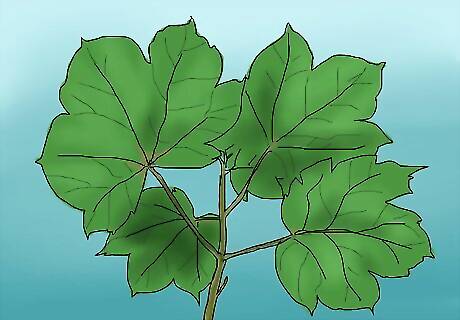
Search for a single leaf attached at one location. Sycamores have alternate leaves, which means a single leaf attaches to the stem in one spot, and the leaves alternate from side to side as you move along the stem. This is opposed to two leaves attaching at the same location on a stem, which is referred to as having opposite leaves.
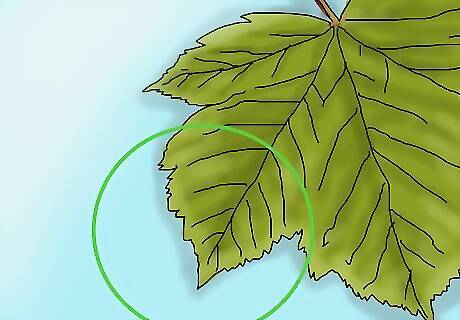
Feel for a somewhat ragged edge. The leaves will have many rounded “teeth” along the edges and will look slightly serrated.
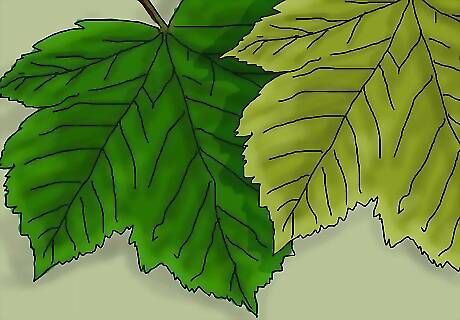
Look for a dark green or yellow color. In spring and summer, the leaves will be dark green. Then in the autumn they turn yellow before falling off for the winter.
Identifying Based on Flowers and Fruits
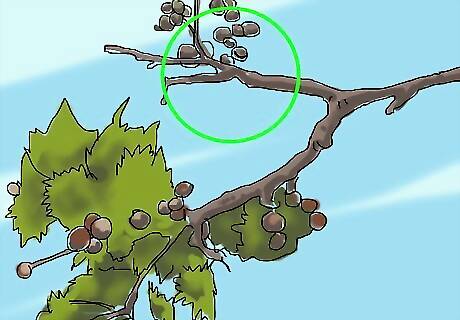
Inspect the tree for small, woody balls. In autumn, the sycamore produces a small, woody ball on a long stem, which is its fruit. The American sycamore produces these as single, pendulum-like growths, while non-native hybrid relatives may have two or three of these hanging from one stalk.
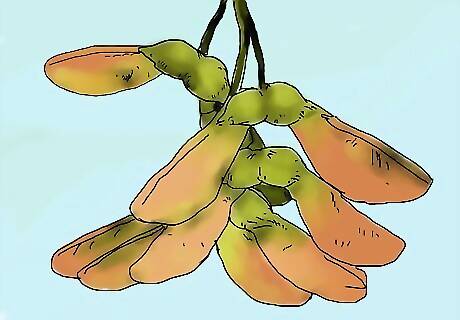
Search for “helicopter” seeds. Sycamore seeds are arranged in V-shaped pairs that are often nicknamed helicopters because of the way they swirl and spin when they fall from the tree. This allows the tree a larger area of seed dispersal since they can flutter farther away. Look for them in clusters at the end of twigs, or on the ground beneath the tree.
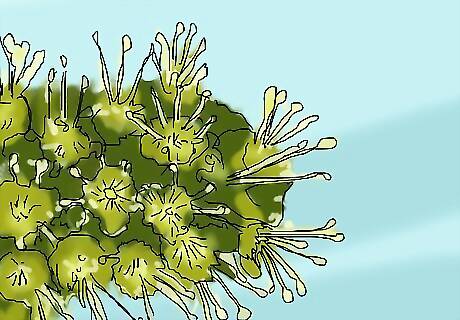
Look for small, yellow-green flowers. Sycamores have both male and female flowers on the same tree, though they grow on different stalks. They have a white stamen and very small, thin petals, which are a light green or yellow.



















Comments
0 comment